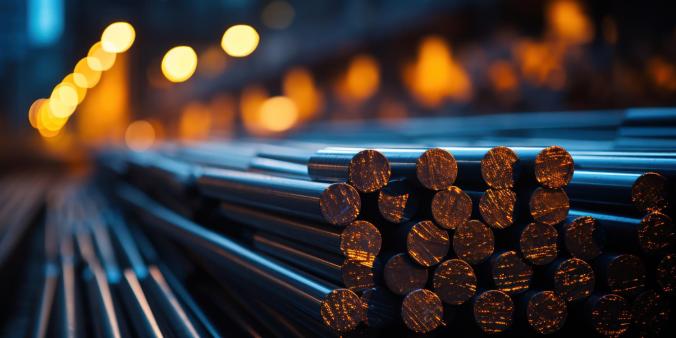How Can Virtual Reality Support Digital Content Creation for Industrial Maintenance?
For this dissertation, four possible VR scenarios were identified along the maintenance documentation journey (see Figure), and three of them were evaluated in user tests. The fourth one, training to local maintenance team, was excluded from this study as it did not involve actual content creation but was considered a post-publishing activity.
This research shows that VR can enhance the maintenance documentation process in different ways and support digital content creation in industrial companies. First and foremost, VR has a positive effect on the collaboration of the team. Globally operating teams traditionally rely on email and conferencing tools such as Microsoft Teams. With VR, they have a sense of being together and working as a team. VR also enhances the communication between virtual team members as people can point out objects in, for example, 3D models instead of trying to describe them in calls or emails. If there are misunderstandings or confusion, people can directly clarify them when collaborating in VR instead of sending a question via email or chat and waiting for a reply. Therefore, collaboration becomes more efficient and the output of the process, the maintenance instructions, are created faster and are technically more accurate. This supports the rapid speed of product development in industrial companies.
The tools that were developed for COVE-VR support both asynchronous and synchronous collaboration in VR, and users can either use multi-user VR or access the virtual environment by themselves depending on the tasks at hand and also the time zones they are working in.
When documenting a new piece of equipment, there might not be any prototype available. Traditionally people rely on 2D or 3D images that are viewed on a computer screen. This traditional process results, in many cases, in misunderstandings both contextually and spatially, and the result is a maintenance procedure that might be difficult or even impossible to perform in the real environment. VR offers easy access to virtual equipment that can also be updated as the design changes during product development.
VR also offers an excellent platform for technical communications specialists—information designers, technical writers, and illustrators—to safely explore the working space and get acquainted with the equipment. The Camera Tool in COVE-VR offers possibilities to easily take images and videos that can then be discussed and reviewed with subject matter experts. The current practice of drawing a new image manually might take hours and might, after a discussion with a subject matter expert, result in a need to redraw the whole image. Therefore, with the images exported from VR, the illustrator can easily validate the idea, and once the subject matter is confirmed, they can continue with the illustration task. Depending on the needed output quality, the images exported from VR can also be used as such in instructions. Compared to the traditional process of illustrating maintenance instructions, this saves a substantial amount of time in the process. The same is true for animations exported from VR.
More on this topic: Hanna Heinonen's doctoral thesis The Benefits of Extended Reality for Technical Communication: Utilizing XR for Maintenance Documentation Creation and Delivery is available online: trepo.tuni.fi/handle/10024/149933 .










